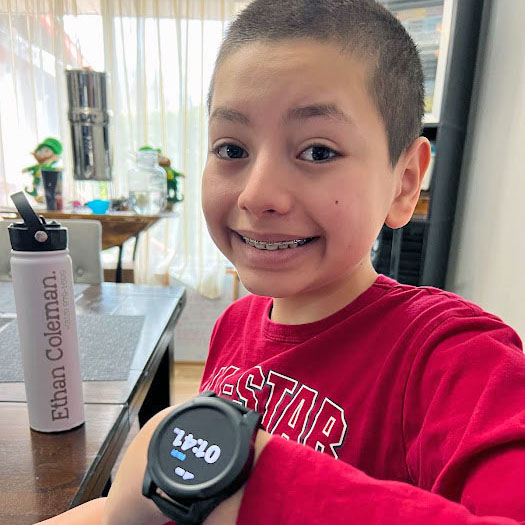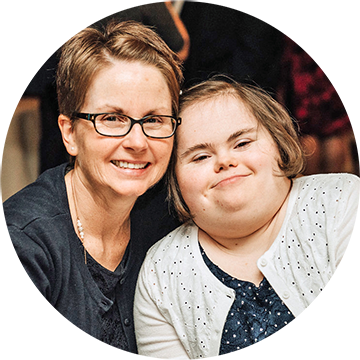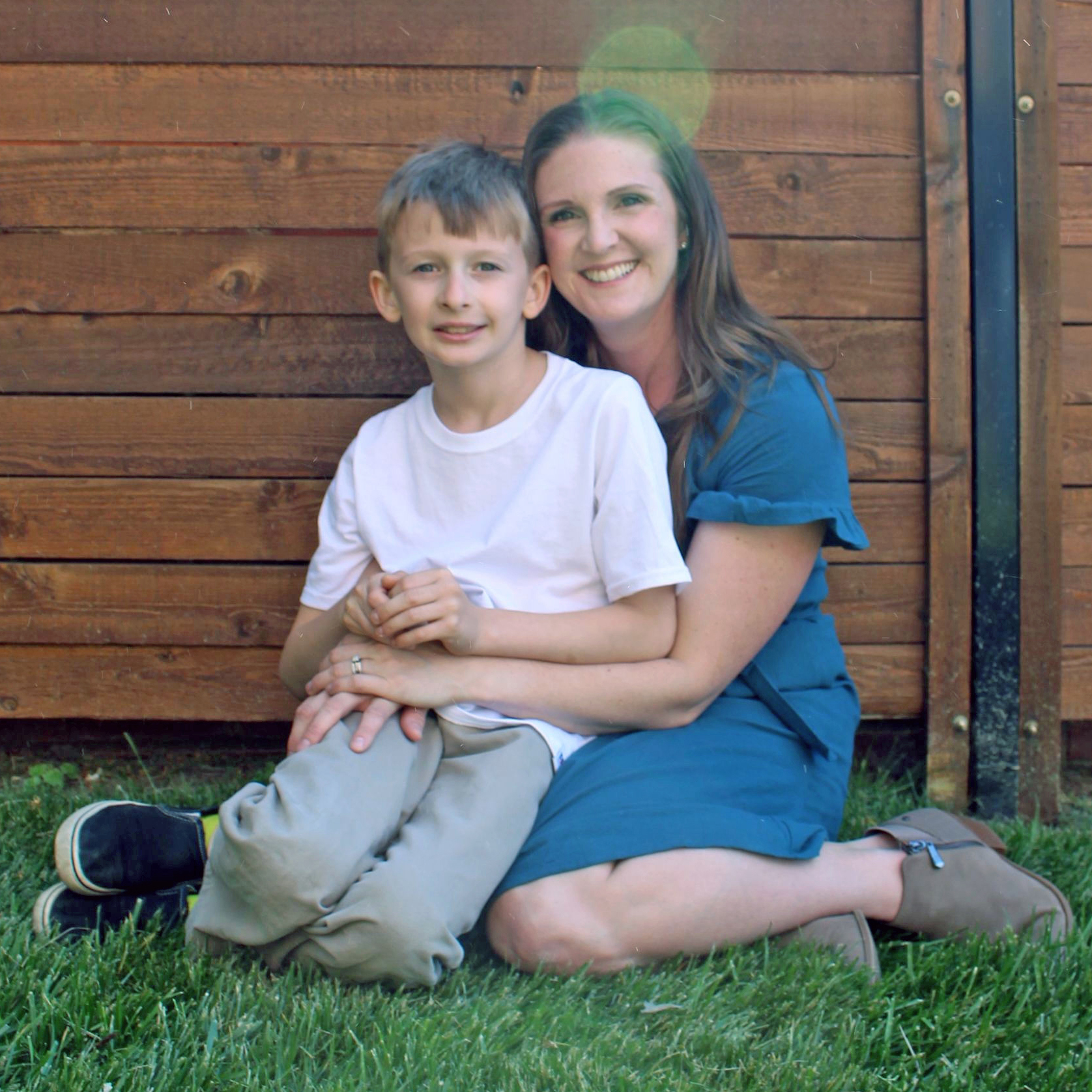“He slowly is becoming more independent"
AngelSense has been such a good thing in our household because it has made our son more independent.
AngelSense is a huge comfort for him knowing that his parents are there at any given time of the day while he’s away from home. Because of AngelSense my son takes the trash out and walks the dog around the building. He also gives himself a bath, feed the dog, and change her padding before he goes to school. He slowly is becoming more independent and I have AngelSense to thank for not having to helicopter over him. Thank you AngelSense! You guys are awesome!
LaToya C.





